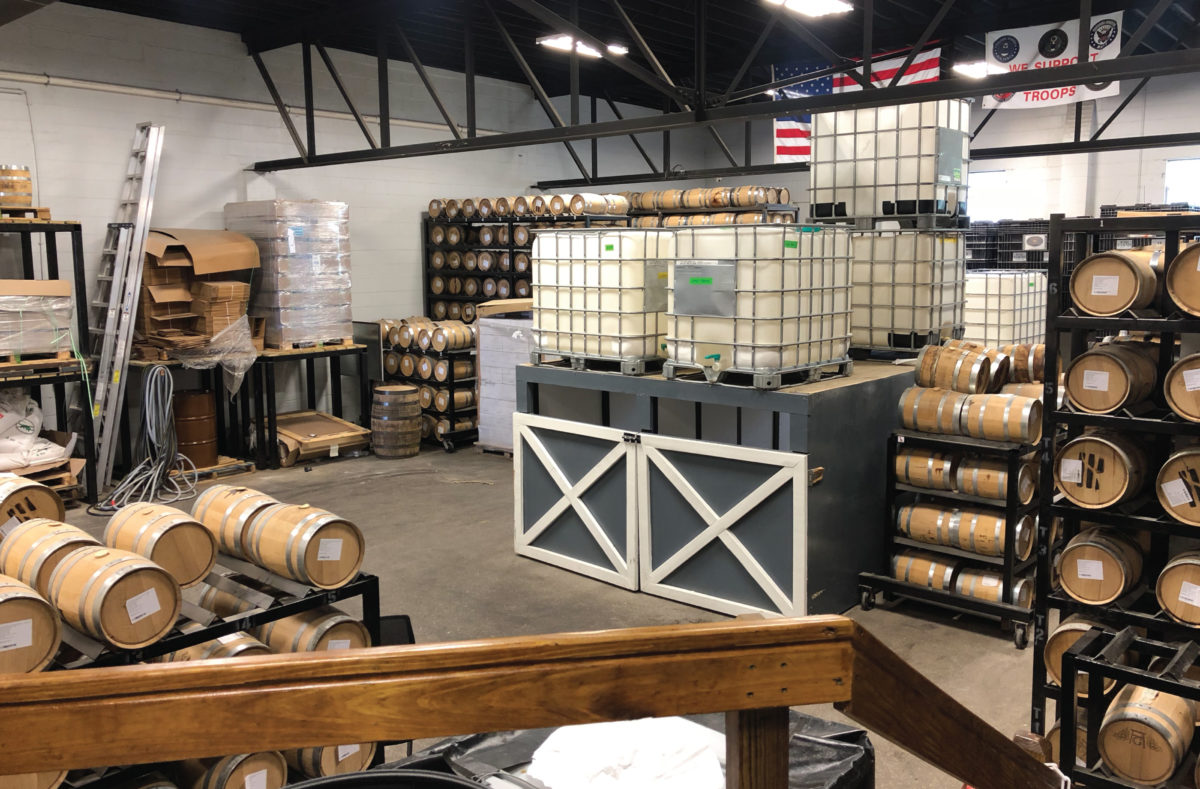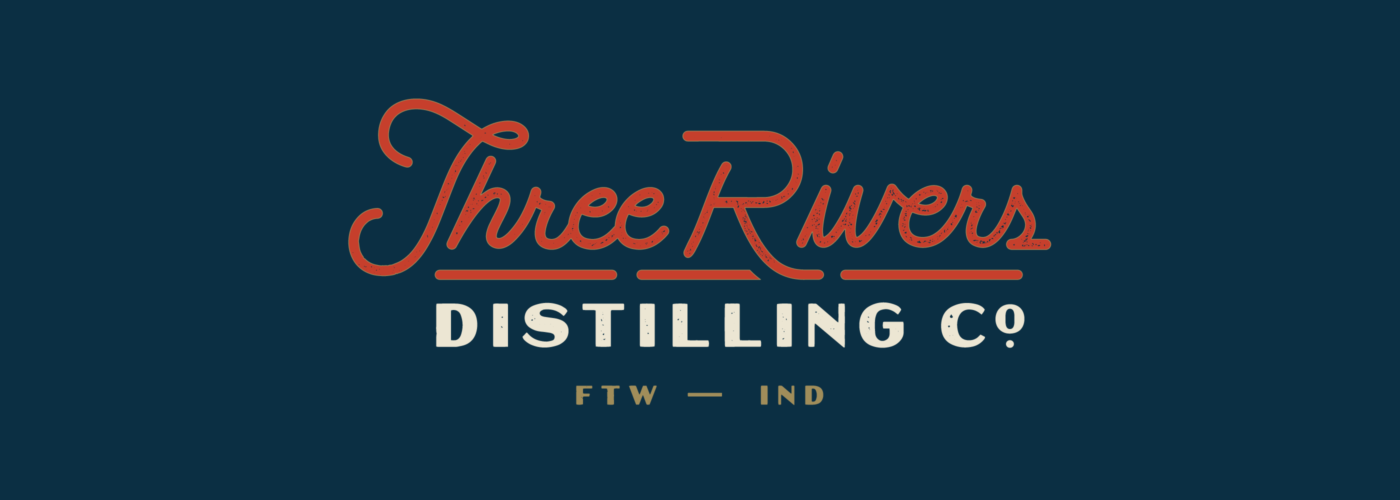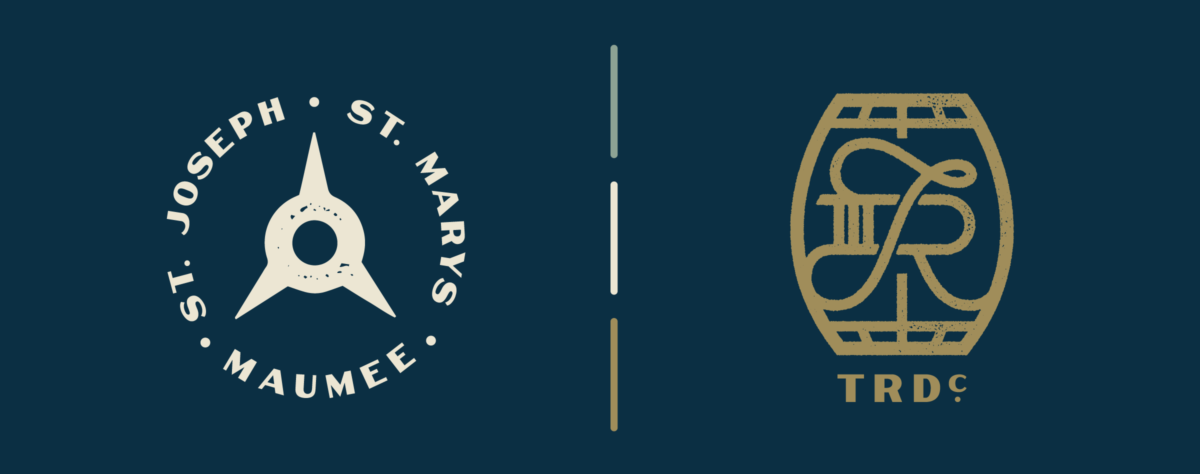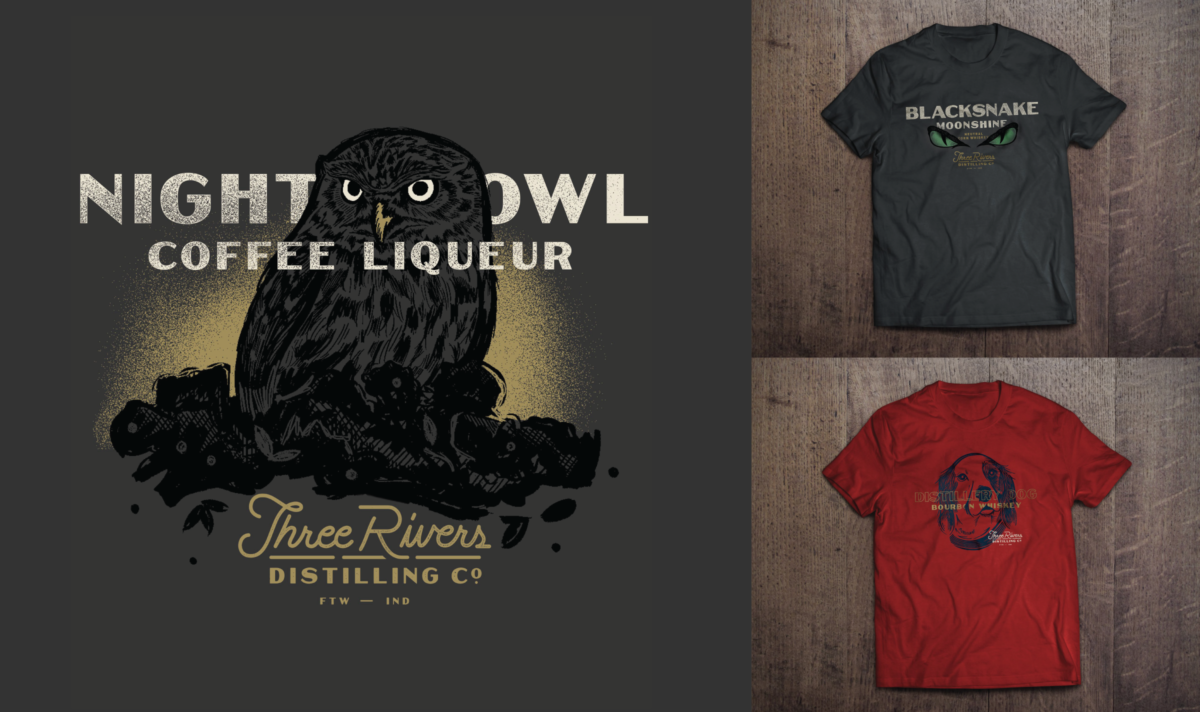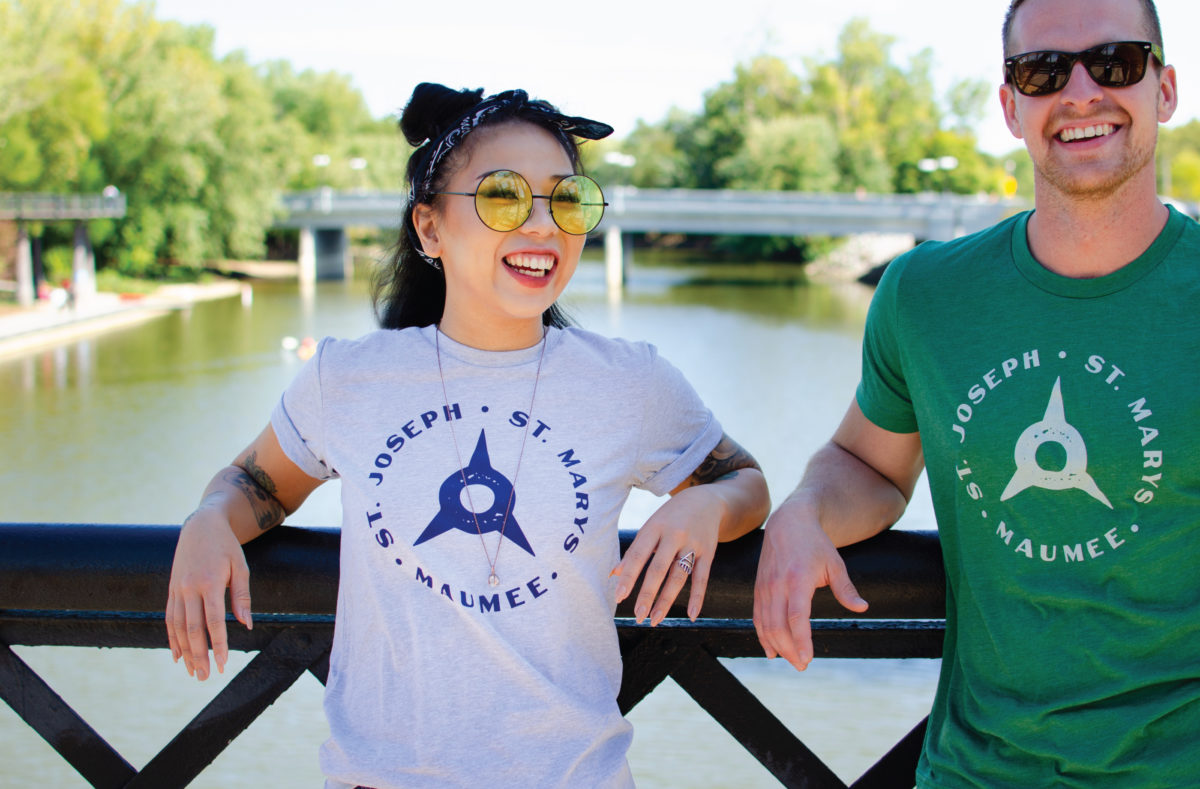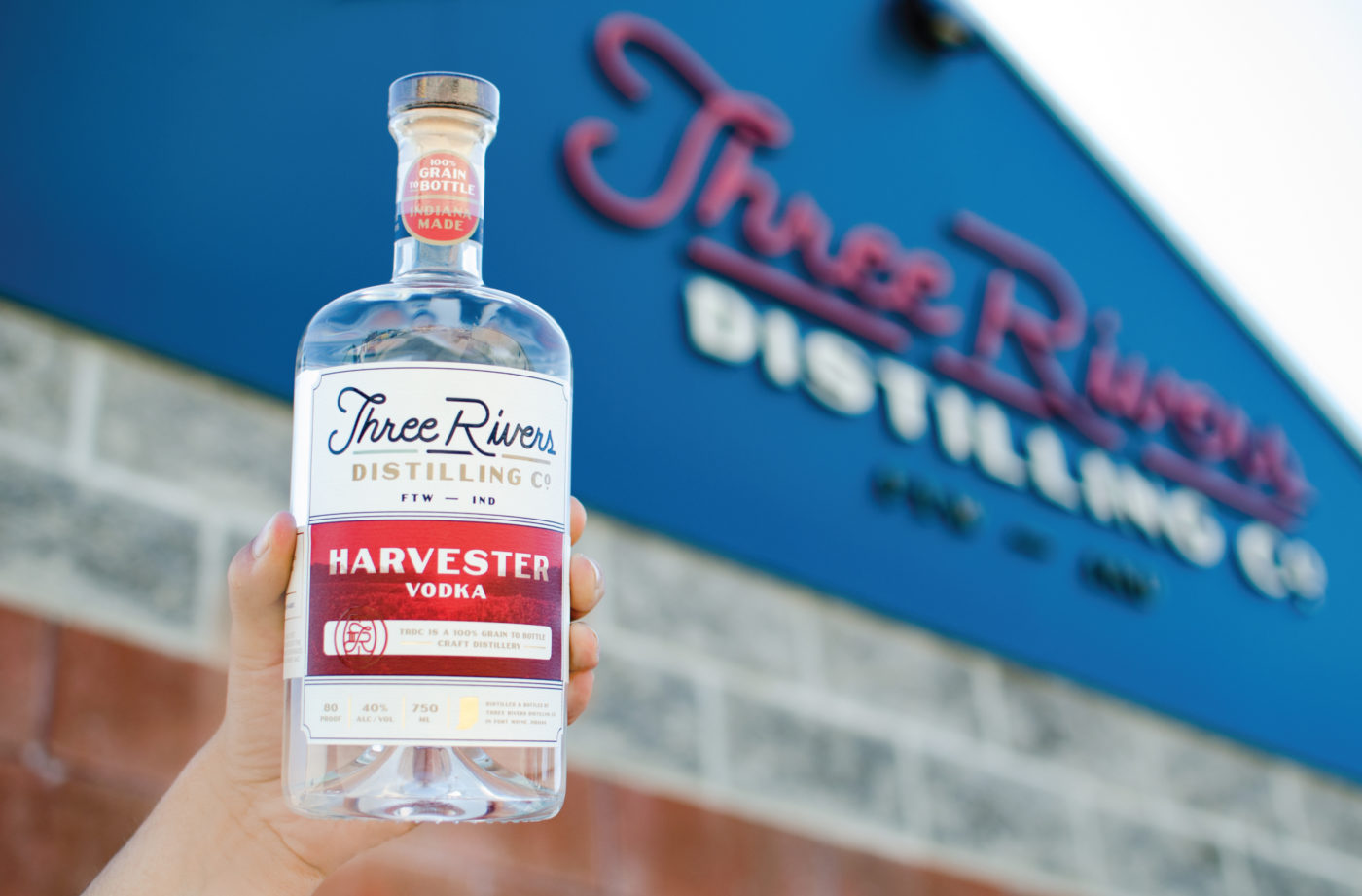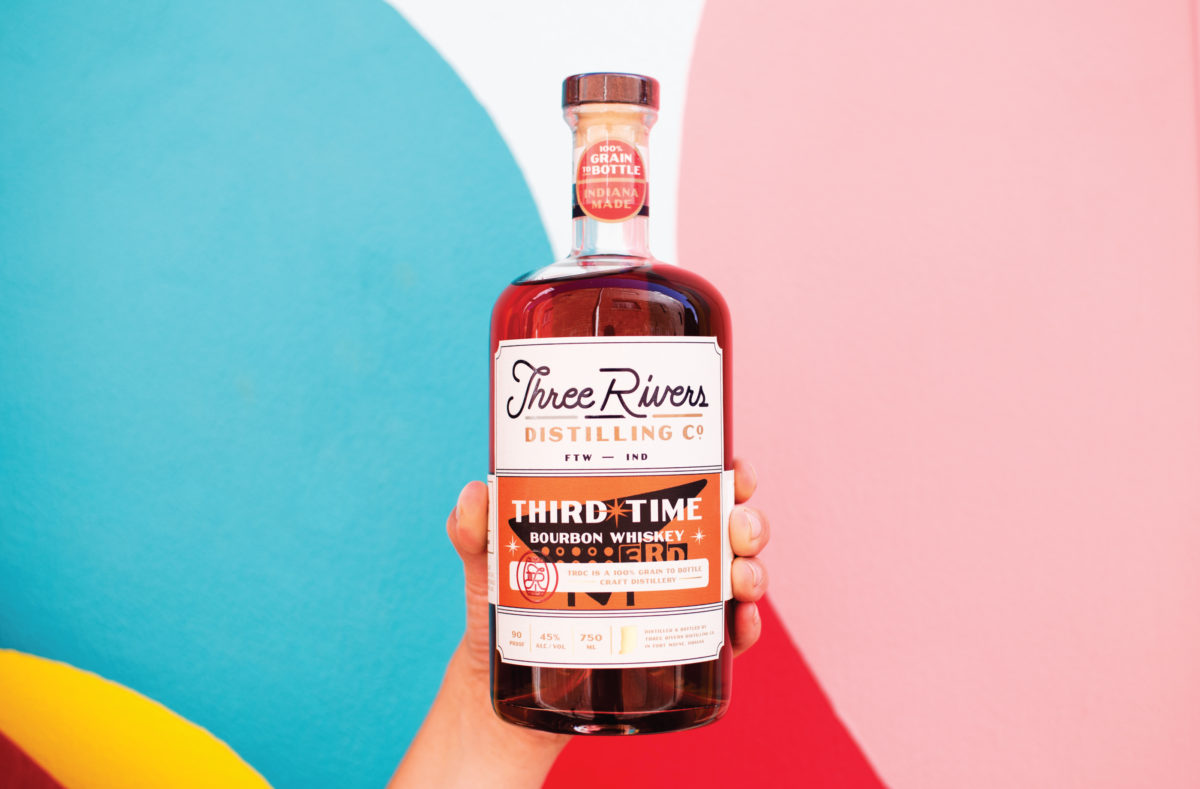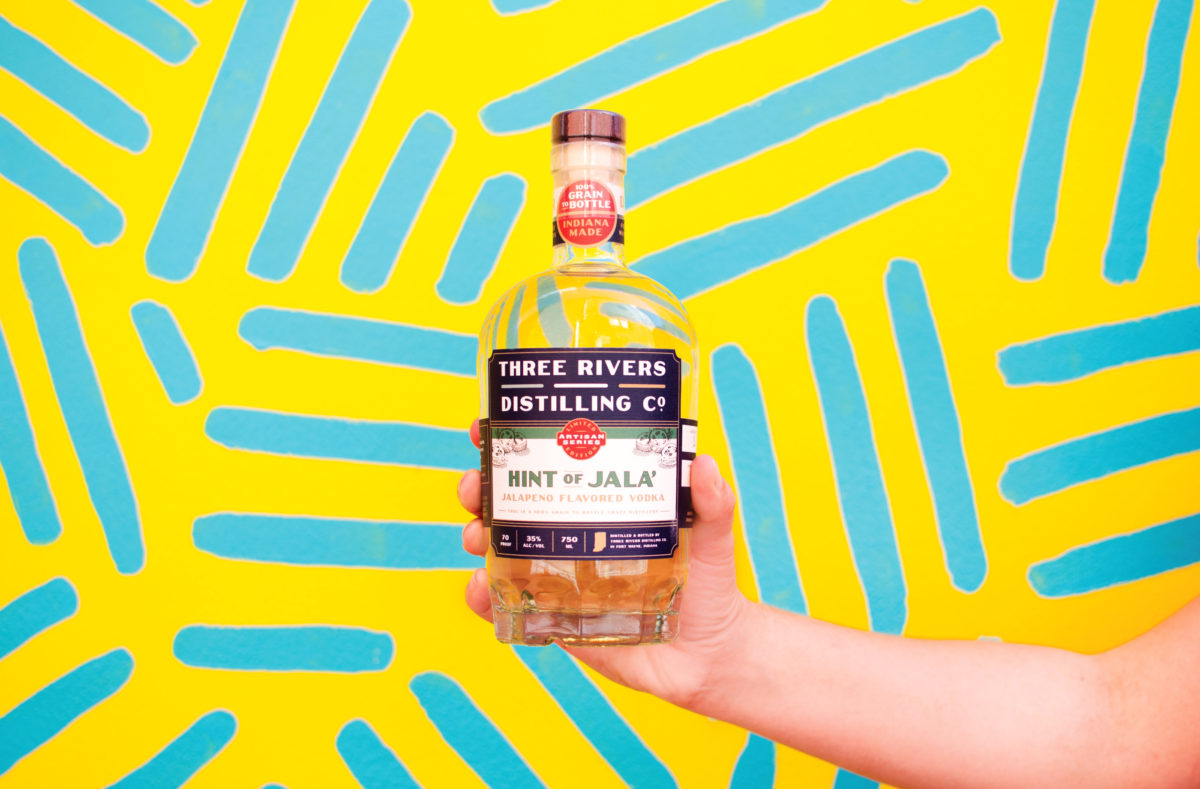Three Rivers Distilling Co. was established in 2016 inside a former industrial-scale bakery on the south side of downtown Fort Wayne. The original owners of Three Rivers envisioned a luxury-level product to be enjoyed by the movers and shakers around the region. Originally, there was even a sort of “corporate lounge” where drinkers could rent out a locker to store their aged spirits and ephemera. But, after a couple years of business, it became obvious that this model wouldn’t pan out. People wanted a less stuffy (and more approachable) local experience that aligned with some of the other goings-on in Fort Wayne.
“Over the past decade, Fort Wayne has seen tremendous growth in community and economic development,” Marla tells us.
“I can recall working in the heart of downtown pre-2009, and it was a ghost-town come Friday at 5pm, and remained that way all weekend long. An effort to build a vibrant city was launched and we began to see pockets of growth that are now connecting as downtown assets in our community. We’re also realizing growth in the fermenters space—with only having one main brewery 10 years ago, we now have several breweries, wineries, and two distilleries and cideries in Northeast Indiana.”
So, the growth we were seeing everywhere else in the nation has been happening in Fort Wayne as well. The snag, at least as far as Three Rivers Distilling was concerned, was that the corporate, high end, suit-and-tie muckity-muck approach was not going to fly. By a stroke of luck, there was an ownership change that allowed Marla to step into an executive position; Marla and her team knew intuitively where they needed to head. They had to find a way to better integrate their products with all of the exciting local goings-on. And, they needed to do a better job of telling their story to potential customers.
We grabbed a delicious coffee from local favorite Fortezza and arrived at the distillery to a warm welcome. We spoke with staff members and leadership, toured the facility, and checked out liquor shelves around town. We learned that Three Rivers’ spirits are distilled from local (organic!) grain sourced from a farm in Bluffton, IN. We learned that their aged spirits are conditioned in barrels made by a Fort Wayne cooperage called Anne-Grey. We spoke with frontline staff at their restaurant and tasting room, and discussed opportunities for the space as the brand continues to mature. We sampled the goods. We saw their gorgeous column-style still, modest bottling line (where labels are applied by hand), and met the master distiller Patrick Tanesky, a former brewer who is as humble as he is obsessed with improving Three River’s production processes.
(A brief aside: There has been much reporting on this in recent years, but, I feel it was worth mentioning here. A lot of national “craft spirits,” and particularly bourbons, are manufactured en masse at a factory distillery in Lawrenceburg, Indiana. The liquid is purchased by the barrel, essentially as a commodity, and then further aged [or not], blended [or not], relabeled, bottled, and sold. It’s rare that there is an actual local distiller making actual aged spirits properly on site. Knowing this, I was absolutely blown away by Three Rivers’ dedication to procuring supplies, distilling and aging their own products locally.)
And then, we met Bruce. Bruce wears a cowboy hat and speaks with a voice that sounds like a thousand pickup trucks crunching along over thousand gravel roads. “We welded those barrel racks ourselves,” he points out proudly, recollecting the work they’d done on the building since the beginning. Aside from doing an impressive amount of work on the property, Bruce serves as something of an unofficial mascot for Three Rivers. The distillery even has a whiskey named after him.

